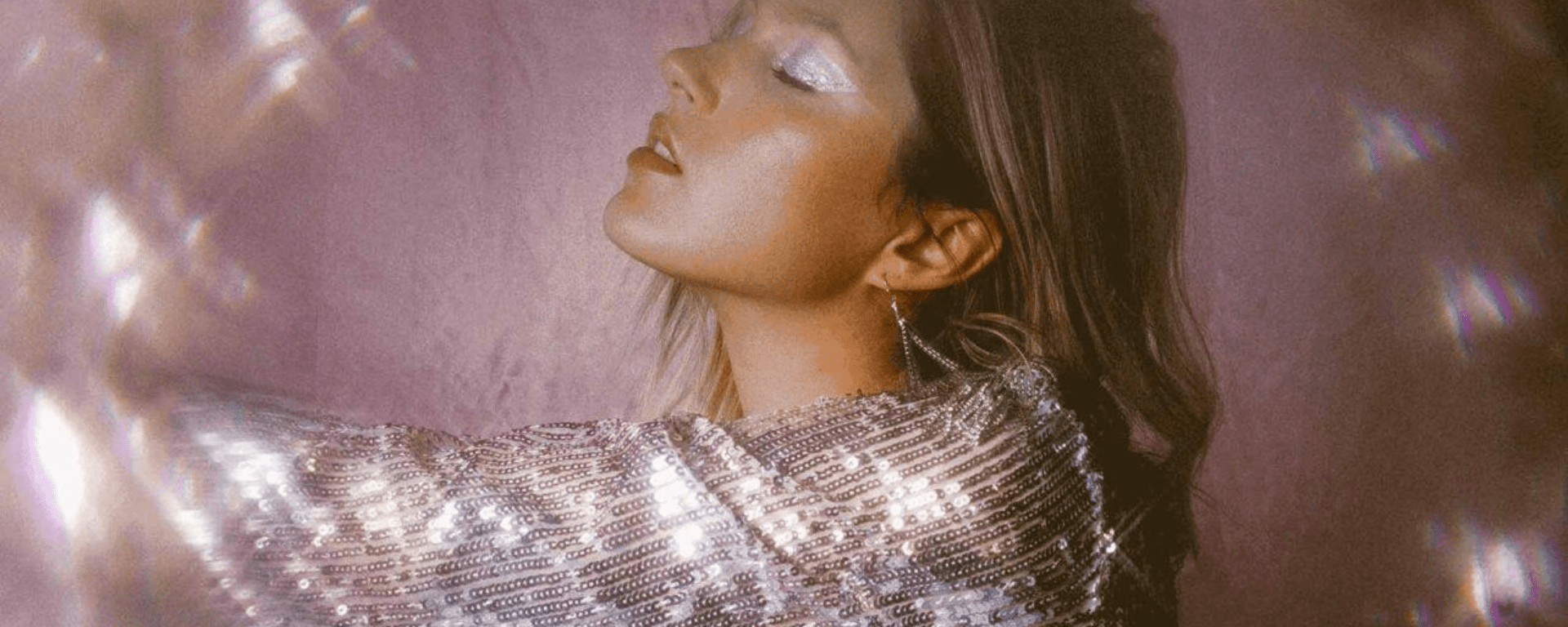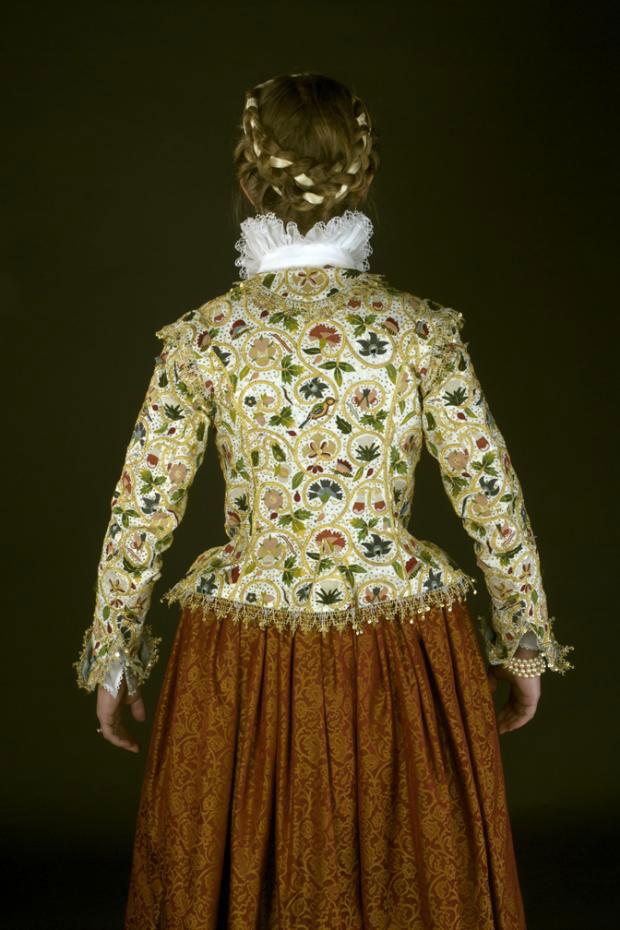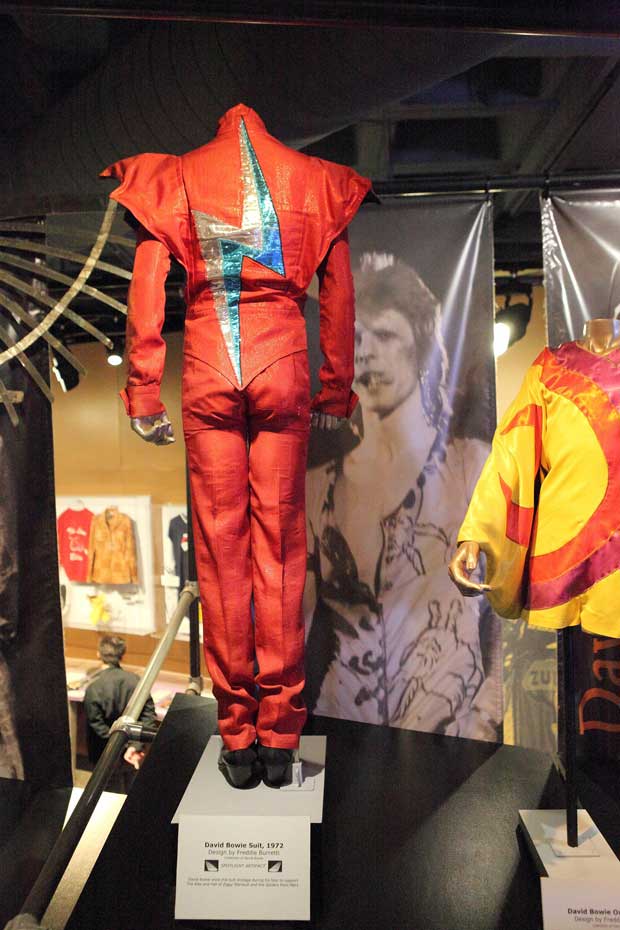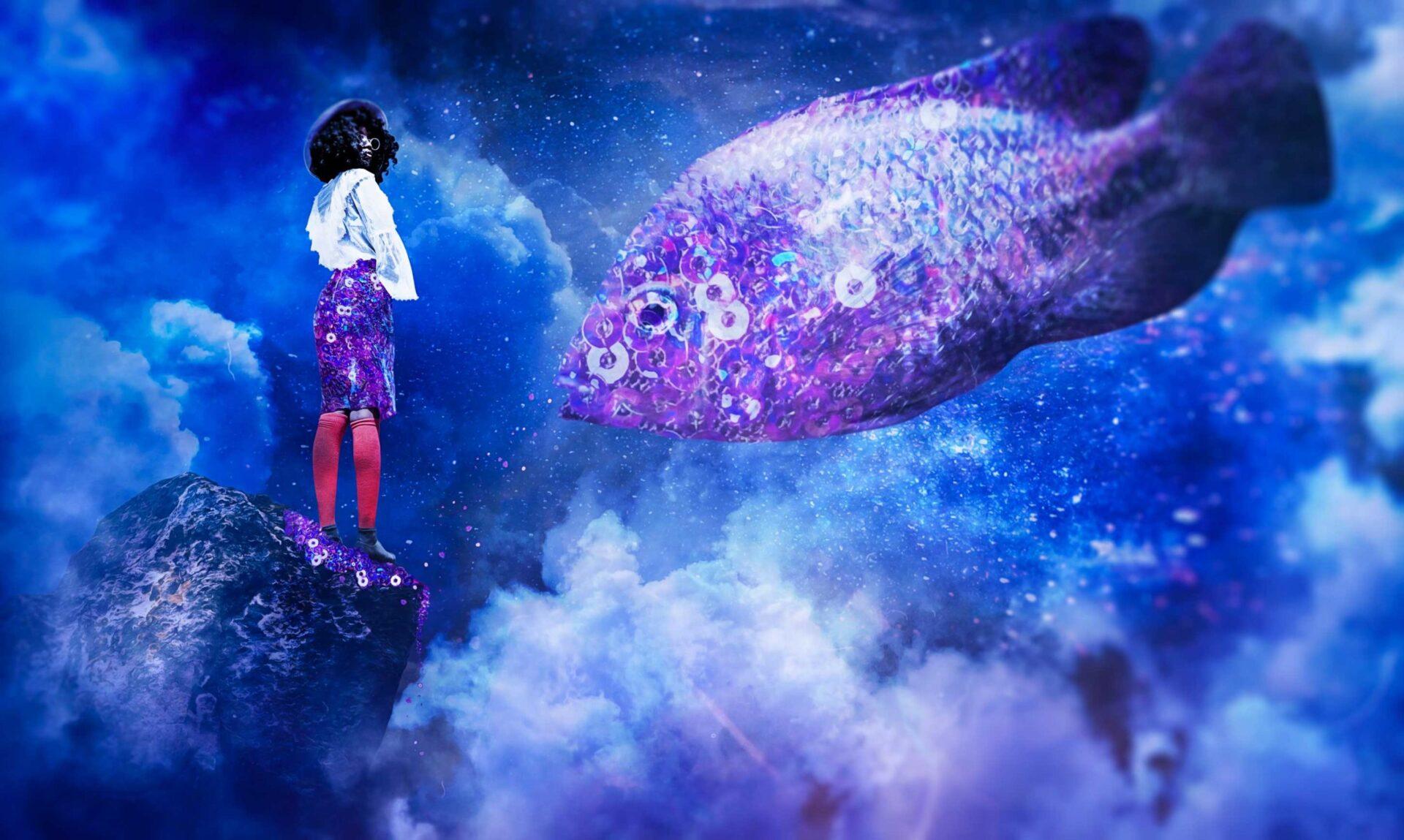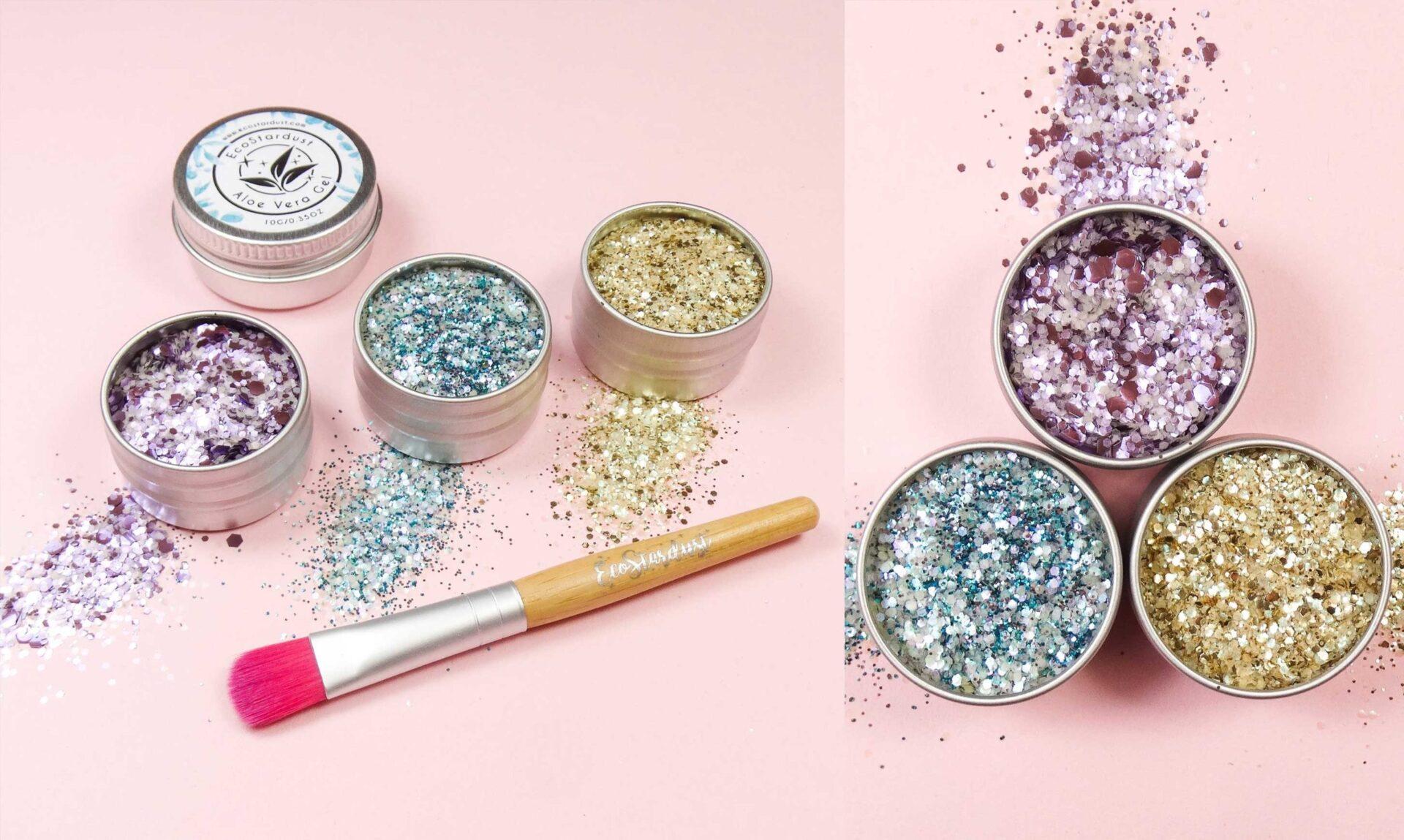01 Oct Your ultimate guide to the magic of sparkles and how to shine eco-friendly
All that glitters is not gold.
William Shakespeare, The Merchant of Venice, 1596
Glitter and sequins, much beloved by generations of glamourous icons, from Tinkerbell, Barbie, The Flintstones, to David’s Bowie alter ego Ziggy Stardust, to name just a few. They take any outfit to the star level, sprinkle magic around us, reminding us that life is meant to be enjoyed and not merely endured.
Sparkles of all types and shapes, this is a story about you (and also partially about how we, glitter and sequin lovers, will have to soon switch to more eco-friendly shimmer and dazzling options).
Born in antiquity, re-born in the USA
Glitter – small particles reflecting light at different angles – has been shimmering since the dawn of civilization. Like most things, it started in a sustainable manner. Our predecessors made them from stones and minerals like malachite and mica, insects and glass. For example, 30,000 years ago ancient artists used mica flakes to make cave painting glitter, while ancient Egyptians produced sparkles by crushing beetles.
The history of sequins – the elder sibling of glitter – also dates back to ancient times. According to Smithsonian magazine, when King Tutankhamun’s tomb was discovered in 1922, they found sequin-like disks that were sewn into the Egyptian royal garment. It’s an educated guess that sequins were used in luxury fashion as far as 1341 B.C.-1323 B.C, largely as an aspiration of a blessed afterlife.
They also have been historically associated with wealth, and the word “sequin” is traced back to the Arabic “sikka”, which means “coin”. Then, there were embroidered waistcoats of the Renaissance era worn by women of court and nobility. The Plimoth Plantation decided to recreate one of the best examples of this jacket based on the inspiration sample from the Victoria and Albert Museum. Guess how many sequins it had in the end? 10,000 golden spangles knotted by 4,000 meters of silk thread.
Fast forward to Modern America. The Great Depression spanning from 1929 to 1939 was not only the worst economic crisis in the history of the industrialized world but strangely, also a time to shine. Capitalism made sure that glitter is not lost to humanity, through an ingenious idea in the mind of a machinist Henry Ruschmann from New Jersey. In 1934, he discovered a way to grind up plastic in a way that caught light. Since then the company Ruschmann created after the discovery – Meadowbrook Inventions – has been the world’s leader in glitter production.
Glitter really picked up in the 70 through the 90s, when it got into the hands of David Bowie, Gary Glitter, Iggy Pop, and other bedazzled glam rockers. Bowie’s Ziggy was styled by a talented Japanese designer Kansai Yamamoto, and oh boy, did he love all that sparkles! There was Mötley Crüe who made it a habit to soak faces in Vaseline to make glitter stick. Of course, there was also Barbie – her sparkles have been embedded deep into our psyche since childhood.
America seemed to have enjoyed some break from glitter in the 90s – 2000s, until a second wave of deep appreciation. Here we are now, with glitter eyeshadows, sequin tops, Elsa dolls, Christmas ornaments, and Burning man sequin military hats. Could sparkles become so beloved in America because they remind us of the American Dream? Or do we, somewhere in the collective unconsciousness, associate it with water like a nomad seeing oasis?
What are sparkles made of?
Unlike the bygone days of cave paintings, modern glitter is not made of good stuff, and we have to talk about its dark side. Glitter is mostly made of microplastic – to be specific, aluminium bonded to polyethylene terephthalate (PET). The process of glitter making is a very complex one, but in sum, glitter is composed of a multilayered clear film made of polymers with various refractive indexes. If you want to dive into the journey of how sparkles are made, follow the New New York Times reporter Caity Weaver as she enters the kingdom of glitter at Glitterex, a New Jersey glitter factory.
What’s the problem with sparkles?
At some point glitter becomes litter. After we wash off glitter (this can be body sparkles, body lotions containing microbeads, and a small amount of sequins from your skirt or dress), all these goodies wind up in water, pass through sewage filtration systems, and finally end up in rivers and oceans. Marine life, similarly to us, are also attracted to all that sparkles. Small organisms ingest glitter, and with time, it starts to replace their usual nutrients. Poor creatures starve themselves to death by eating all this microplastic, and their deaths ultimately lead to starvation higher up in the marine food chain.
It’s predicted that by 2050, there will be more plastic in the oceans than fish, measured in weight.
According to Greenpeace, 12.7 million tonnes of plastic found their final resting place in the world’s oceans every year. Along with the glitter and sequins there are also microbeads – solid plastic particles less than one millimeter in size. Did you know that toothpastes, shower gels, scrubs, cleansers and other cosmetic products contain microbeads?
In 2016, the US outlawed production of personal care products containing microbeads, so did the UK. Manufactures like Lush quickly responded to that by replacing polyethylene terephthalate (PET) in their products with synthetic mica and mineral glitter. (Which takes us back to the original glitter). Glitter has been also officially recognized as not environmentally friendly. By 2021, plastic, including glitter, will be forbidden at 61 of British music festivals.
So, how do I sparkle then?
You might ask – why are we called Sparkpick if sparkles are bad for the environment? Well, we believe that sustainability can and should be fun, and that it should sparkle! Here are some advice on how to sparkle sustainably.
Invest in high quality sustainable garments
If you absolutely have to buy glitter or sequin items, make sure it is of high quality and is ethically and sustainably produced. It’s even better if it’s a vintage item from your favorite local thrift store or RealReal. Before buying a dress heavy on embroidery and sequins, look at the price. It takes hours of manual labor somewhere in China or Bangladesh to sew sequins onto the fabric. If a dress originally costs $30 and covered in sequins, how much do you think those workers were paid for their hard labor? Probably not much after retailers and the label take their cut.
Use biodegradable glitter and sequins
If there is some special occasion that compels your vanity to reach for a dab of stardust, do it sustainably with companies like EcoStardust, EcoGlitterfun, and TodayGlitter, the first verified retailer of Bioglitter in the US. Here, glitter is produced with a plant-based cellulose from Eucalyptus trees, and decomposes in soil and water. It also shines the same way and is softer to skin than the regular one! There is also the Sustainable Sequin Company which sells biodegradable sequins, perfect for your home arts and crafts fashion projects.
Wash off glitter properly
When you are done with glitter for the night, wash it off with a washcloth, then throw the washcloth in the trash. Don’t forget to do the same with the cotton pads after removing nail polish with glitter.
In sum, be aware of what kind of sparkles you put on, and don’t forget to continue shining – sustainably. You can sparkle without guilt if you shop responsibly!

